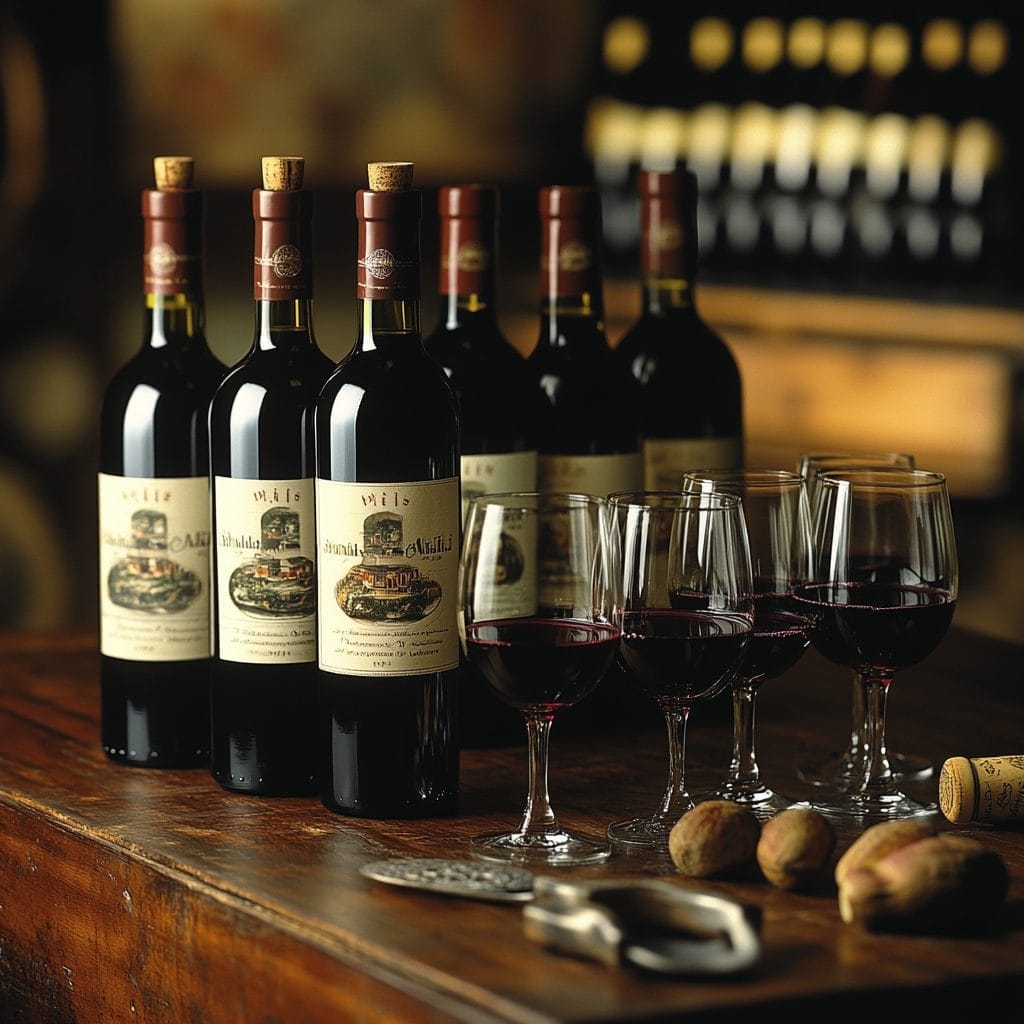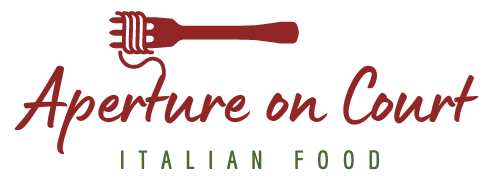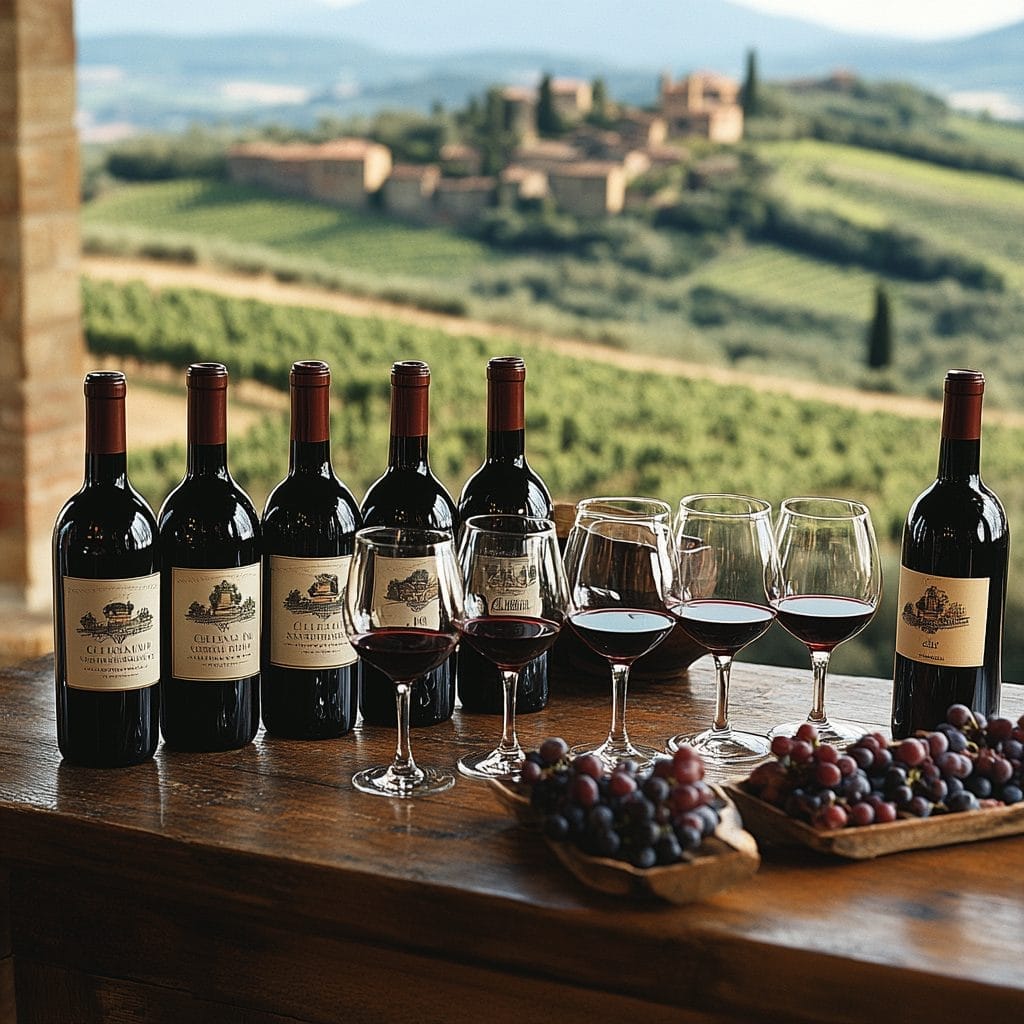There’s something magical about the first sip of wine that transports you straight to its vineyard. When I first visited Italy, I was spellbound by the variety and richness of its wines. Each region tells a story through its blends, reflecting centuries of tradition and unique terroirs that make Italian wines incomparable. Imagine driving through the rolling hills of Tuscany, the sun casting a golden hue over miles of vineyards. Or strolling through the quaint streets of Piedmont, where the air is filled with the enticing aroma of Nebbiolo grapes. These vivid experiences await us as we explore what are the 5 famous wine regions in Italy.
As we explore Italian wines, we’ll uncover the essence of wine tasting in Italy. We’ll delve into the heart and soul of regions like Chianti and Valpolicella and meet passionate winemakers eager to share their craft.
Whether you’re a seasoned oenophile or a curious newbie, the world of Italian wine regions is a treasure trove waiting to be discovered. Join me as we savor the unique flavors and captivating stories that make Italian wines so special.
The Tuscan Treasures of Chianti
The Chianti wine region is the heart of Tuscany, steeped in history and tradition. It’s an area where rolling hills stretch far and wide, dotted with historic vineyards that have produced some of the finest wines Italy has to offer.
Chianti’s Majestic Landscapes
I can’t help but get lost in the beauty of Chianti’s landscapes. The undulating hills, lush with verdant vines, create a picturesque scene that feels almost dreamlike.
As you explore this region, you’ll come across quaint medieval villages and ancient olive groves that add to its charm. There’s nothing quite like witnessing the early morning mist rise over these historic hills, promising a day of discovery and delight.
Classic Sangiovese Flavors
Chianti wines are renowned for their classic Sangiovese grape. This grape brings forward flavors that are unmistakable, combining notes of cherry, plum, and an earthy undertone that embodies the essence of Tuscany.
Every sip tells a story of the region, with its rich and robust profile. It’s the balance between fruitiness and rusticity that truly makes Sangiovese unique and beloved by wine enthusiasts worldwide.
Visiting Chianti Wineries
Exploring the Chianti wine region means diving into its numerous Tuscan wineries. Wine tours in Tuscany are a must for anyone visiting. I recommend starting with a visit to any of the small, family-run wineries.
These intimate settings provide a unique look at traditional winemaking methods and offer personalized tastings that larger commercial wineries can’t match.
To make the most of your visits, plan your wine tours in Tuscany during the spring or fall. These seasons offer the best weather and smaller crowds, making your experience more enjoyable.
Remember to call ahead and book your tours in advance, as the more popular wineries can fill up quickly.
Unveiling the Elegance of Piedmont
When it comes to Piedmont wine, you can’t help but appreciate the sophistication and depth this region offers. Nestled in the northwestern part of Italy, Piedmont is famed for producing some of the country’s most celebrated wines.
The Iconic Barolo and Barbaresco
Barolo and Barbaresco are two of the most iconic wines from Piedmont. Both made from the Nebbiolo grape, these wines are known for their bold flavors, rich aromas, and aging potential.
Barolo is often referred to as the “king of wines,” boasting intense flavors with robust tannins. In contrast, Barbaresco offers a slightly softer but equally captivating experience.
Aromas and Tastes of Nebbiolo
The Nebbiolo grape defines the wines of Piedmont with its aromatic complexity and formidable tannin structure. When you open a bottle of Barolo or Barbaresco, expect notes of roses, tar, cherries, and truffles.
These wines evolve beautifully with age, revealing layers of flavor that make each sip a new journey.
Exploring Alba and Asti
No trip to Piedmont is complete without exploring the delightful towns of Alba and Asti. Alba, known for its Alba truffles, offers more than just culinary treasures.
Stroll through its streets lined with historical buildings and indulge in a truffle hunting experience. Asti, on the other hand, is famed for its sparkling wines, particularly Asti Spumante. Visit local wineries and tasting rooms to immerse yourself in Piedmont’s rich winemaking heritage.
- Truffle hunting in Alba
- Sparkling wine tours in Asti
- Visiting notable wineries

Delving into Veneto’s Valpolicella
Welcome to Valpolicella, a picturesque region where ancient traditions and innovative techniques create exquisite wines. Let me guide you through the glorious styles of Ripasso and Amarone, the magic of the Corvina grape, and the unforgettable Verona wine tours.
Ripasso and Amarone Styles
Moving onto Veneto, I discovered the rich Ripasso and Amarone styles in Valpolicella, highlighting the uniqueness of the underrated Corvina grape. Beyond these, I dove into Sicily, home to the robust Nero d’Avola wines, and was equally charmed by Lombardy’s sparkling Franciacorta.
Amarone, on the other hand, is made from fully dried grapes, resulting in a robust and intense wine. Both styles offer rich textures and profound flavors, making them perfect for hearty dishes.
The Underrated Corvina Grape
The Corvina grape is the backbone of Valpolicella wines. Known for its thick skin and high acidity, Corvina creates wines with vibrant cherry notes and a hint of spice.
It’s the star ingredient in the beautiful Ripasso and Amarone styles. Many people overlook Corvina, but trust me, it’s an underrated gem that deserves more appreciation.
Venturing Through Verona Vineyards
If you’re a wine enthusiast, Verona wine tours are a must. Visit local vineyards, participate in grape harvests, and even join blending sessions.
The best time for a visit is during the fall harvest season, when the vineyards come alive with activity. Don’t miss the local wine festivals, which offer a chance to taste and celebrate Valpolicella’s finest creations.
What Are the 5 Famous Wine Regions in Italy?
On my journey to discover what are the 5 famous wine regions in Italy, I explored iconic places well-known for their exceptional wines. Tuscany’s Chianti stands out with its picturesque landscapes and classic Sangiovese flavors.
Next, the elegance of Piedmont with its majestic Barolo and Barbaresco led me to the aromatic tastes of Nebbiolo.
Moving onto Veneto, I discovered the rich Ripasso and Amarone styles in Valpolicella, highlighting the uniqueness of the underrated Corvina grape.
Beyond these, I dove into Sicily, home to the robust Nero d’Avola wines, and was equally charmed by Lombardy’s sparkling Franciacorta.
The diversity in winemaking in Italy is astonishing, from the variety of climates and terroirs to the unique grape varietals and wine styles. Each of these Italian wine regions boasts not just topographical beauty but also a rich history and cultural significance deeply intertwined with their winemaking traditions.
As you can see, Italy isn’t just about beautiful scenery—it’s also a treasure trove of famous Italian wines. Every region reflects its customs, practices, and, most importantly, its passion for wine, making Italy a true paradise for wine lovers.

Conclusion
Traveling through Italy’s renowned wine regions has been an unforgettable journey, a true paradise for any wine lover. From the rolling hills of Chianti with its robust Sangiovese wines to the sophisticated flavors of Piedmont’s Barolo and Barbaresco, each glass tells a unique story.
The verdant vineyards of Veneto revealed the complex layers of Amarone, captured beautifully within every sip.
Whether it’s the Tuscan sun shining down on Chianti or the misty mornings of Alba caressing the Nebbiolo grapes, discovering what are the 5 famous wine regions in Italy offers something magical.
Every step taken in Verona and beyond only deepened my appreciation for the artistry behind each bottle. It’s clear that Italy’s winemaking traditions are as captivating as the wines themselves.
For those considering wine travel in Italy, let this guide be your trusted companion. Embrace the rich heritage and immerse yourself in enotourism in Italy.
May your Italian wine guide spark a passion for these timeless traditions, inviting you to experience the beauty and flavor of Italy firsthand. Buon viaggio, and salute to your next wine adventure!

